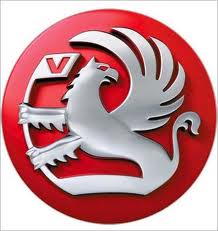Omega B
|
Oil Consumption, Measure General The term "oil consumption" of an internal combustion engine refers to the amount of oil which is used as a consequence of combustion. Oil consumption should under no circumstances be confused with oil loss caused by leaks in the oil pan, cylinder head cover, etc. The task of the engine oil is to:
These tasks consume a certain amount of oil; in other words, the frequently expressed expectation that, as combustion engines continue to develop, they will eventually not consume any oil at all, is completely false. However, external operating conditions, driving style and manufacturing tolerances do affect oil consumption to a certain extent. Care should be taken to ensure that the oil level does not go below the "MIN" mark or exceed the "MAX" mark on the oil dipstick. As oil consumption is a technical necessity, indications that an engine is not consuming oil mean that we can conclude that the oil is being diluted by special operating conditions. Frequent cold starts, driving when over-cold, etc. result in the oil flowing back to the oil pan containing fuel particles and condensation, and thus becoming "diluted"; this can lead to the incorrect supposition that the engine is not consuming any oil at all. Oil diluted in this fashion lacks lubricating power and may lead to engine damage if the prescribed oil change intervals are not observed. The main causes for oil dilution are driving in mainly urban traffic and frequent driving at too low engine speeds when the engine is cold. The oil consumption first begins to stabilise after operating for a few thousand kilometres; therefore, measurements of the oil consumption only become realistic after about 7500 km/4000 miles. Before measuring the oil consumption, ensure that the engine is not losing oil due to a leak. Note: The oil dipstick can only be used for checking and not for measurement. The engine must always be switched off for at least 2 minutes before the oil level can be checked. If, after an oil change, the maximum engine oil filling does not match the maximum level mark on the dipstick, this can be attributed to manufacturing tolerances. All information regarding the permissible engine oil consumption and filling quantities are included in the Owner's Manual. Measuring Method
1 ) Measuring container with a capacity of at least 6 litres and scale. |
||||||||||||||||||||||||||||||||||||||||||||
|
||||||||||||||||||||||||||||||||||||||||||||
